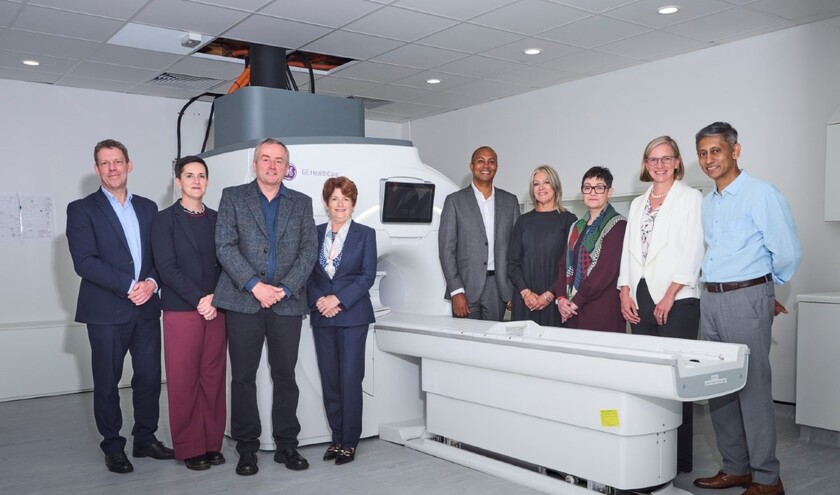Researchers from the POLARIS group and The University of Sheffield's Insigneo Institute have combined their MRI lung-scanning technology with new MRI and AI technology developed by GE HealthCare.
The medical technology business trained AI software on images generated by scanners with a high magnetic field. It is then used to reconstruct images from a low-field scanner better than conventional algorithms and effectively achieve the quality of a high-field scan.
The project is supported by the Engineering and Physical Sciences Research Council (EPSRC) and Medical Research Council through the EPSRC Prosperity Partnerships initiative.
Science minister, Lord Vallance, said: ‘Made possible thanks to part of our record £22.8bn backing for R&D, this new low-field technology is now making MRI scans easier and cheaper than ever, allowing more patients to access MRI scans, protecting people's health and easing pressure on the NHS.'
Professor Charlotte Deane, executive chair at EPSRC, said: ‘This MRI scanner technology is a great example of the impact of the Prosperity Partnerships initiative and it's fantastic to see that it has the potential return on investment by providing earlier diagnoses, save the NHS money and enable access to healthcare services in the community.'
The technology is to be tested on healthy volunteers over the coming months. If all goes well, the scanner will be opened to volunteer patients and then validated for future clinical use in partnership with the NHS.
Dr Jan Wolber, global product leader digital at GE HealthCare, said: ‘We are often pushing for more complex and feature-rich systems. Health services are under cost pressures, so sometimes we need to go back to see if we can do the same thing for less money. Advances in AI allow that, and this is why it is so impactful.'
The low-field MRI is not only applicable to scans of the lungs, but could also be used to enhance images in other areas, including for degenerative diseases such as dementia, Parkinson's, multiple sclerosis and other radiology use cases.



